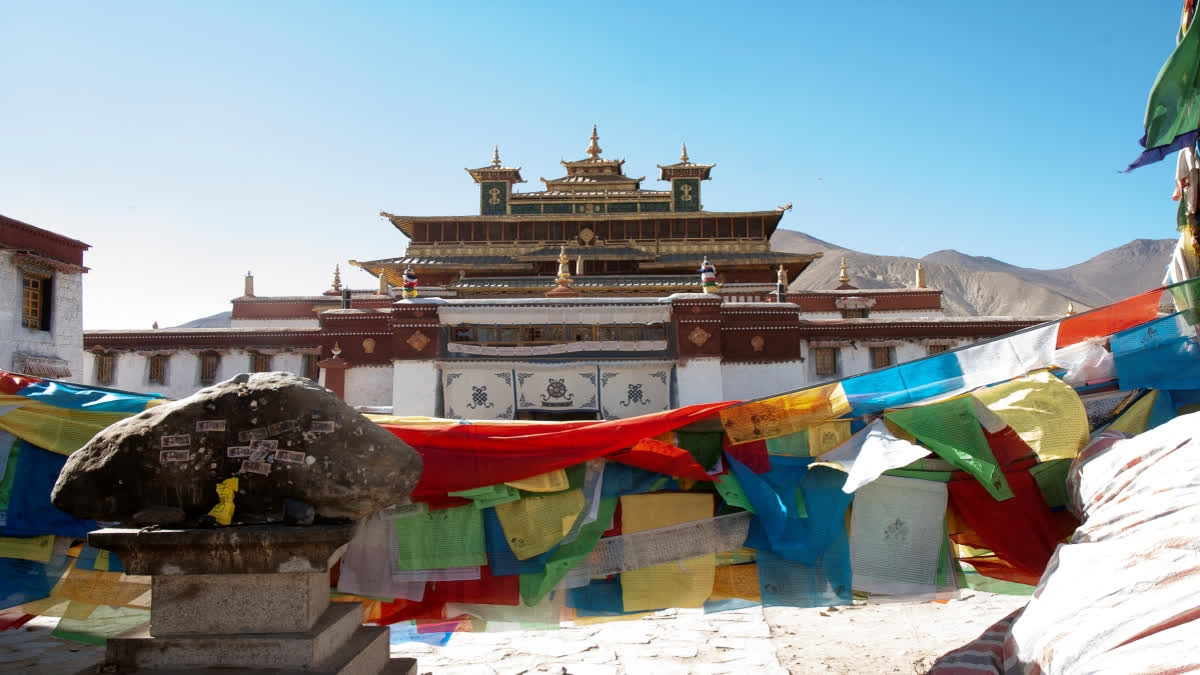Hyderabad: July 6 is observed as World Tibet Day, marking the birthday of His Holiness, the XIV Dalai Lama of Tibet. It aims to help restore essential freedoms for those living in Chinese-occupied Tibet, increase awareness of the genocidal threats to the Tibetan people, and showcase the uniqueness of Tibetan culture and thought.
Tibet is a region in East Asia, centred on the Tibetan Plateau north of the Himalayas. It is technically part of China, but it has had a long history as an independent power, and its rule by China is controversial. Tibet's unique form of Buddhism is its predominant religion and the central part of its culture.
Who is Called Dalai Lama: Dalai Lama is called the biggest religious leader of Tibet. Lama means Guru who inspires his people to follow the right path.
The current 14th Dalai Lama of Tibet, Tenzin Gyatso, has been living in India since 1959. The Dalai Lama lives in Dharamsala, Himachal Pradesh and from here he runs the Tibetan government in exile.
In 1937, the child was declared the reincarnation of a great Buddhist spiritual leader and named the 14th Dalai Lama. His leadership rights were exercised by a regency until 1950. That same year, he was forced to flee by the Chinese but negotiated an agreement and returned to lead Tibet for the next eight years.
On March 17, 1959, an unsuccessful Tibetan nationalist uprising led to a crackdown by China, and the Dalai Lama fled to Punjab, India, where he established his democratic government in exile. In 1989, he won the Nobel Peace Prize for his commitment to the nonviolent liberation of Tibet.
Dalai Lama Sent A Message To Nehru: After reaching Lhotse Zog, Dalai Lama performed the ceremony of forming the new Tibetan government. But by then it was clear that Dalai Lama's life was in great danger while staying in Tibet. Therefore, messages were sent to India and America that the Dalai Lama wanted to cross the border and take refuge in India.
John Greeny, a senior CIA officer, received this message on March 28. He immediately sent information to Delhi and informed about the Dalai Lama's intention. Earlier on March 26, Dalai Lama had sent a message to India's Prime Minister Jawaharlal Nehru, "Indian people are known all over the world for supporting human values. We are entering India from the Sona area. We hope that you will make arrangements for our stay on Indian soil. We have full faith in your kindness." Nehru immediately said 'yes' to this.
23 May 1951 - Tibetans consider this day a black day, while the Chinese call it a day of peace efforts. On this day, Tibet signed an agreement with China. With this agreement, Tibet was occupied by China.
History Of Tibet Since The Chinese Invasion: China's newly established communist government sent troops to invade Tibet in 1949-50. An agreement was imposed on the Tibetan government in May of 1951, acknowledging sovereignty over Tibet but recognising the Tibetan government's autonomy with respect to Tibet's internal affairs. As the Chinese consolidated their control, they repeatedly violated the treaty and open resistance to their rule grew, leading to the National Uprising in 1959 and the flight into India of the Dalai Lama.
The international community reacted with shock at the events in Tibet. The question of Tibet was discussed on numerous occasions by the UN General Assembly between 1959 and 1965. Three resolutions were passed by the General Assembly condemning China’s violations of human rights in Tibet and calling upon China to respect those rights, including Tibet’s right to self-determination.



